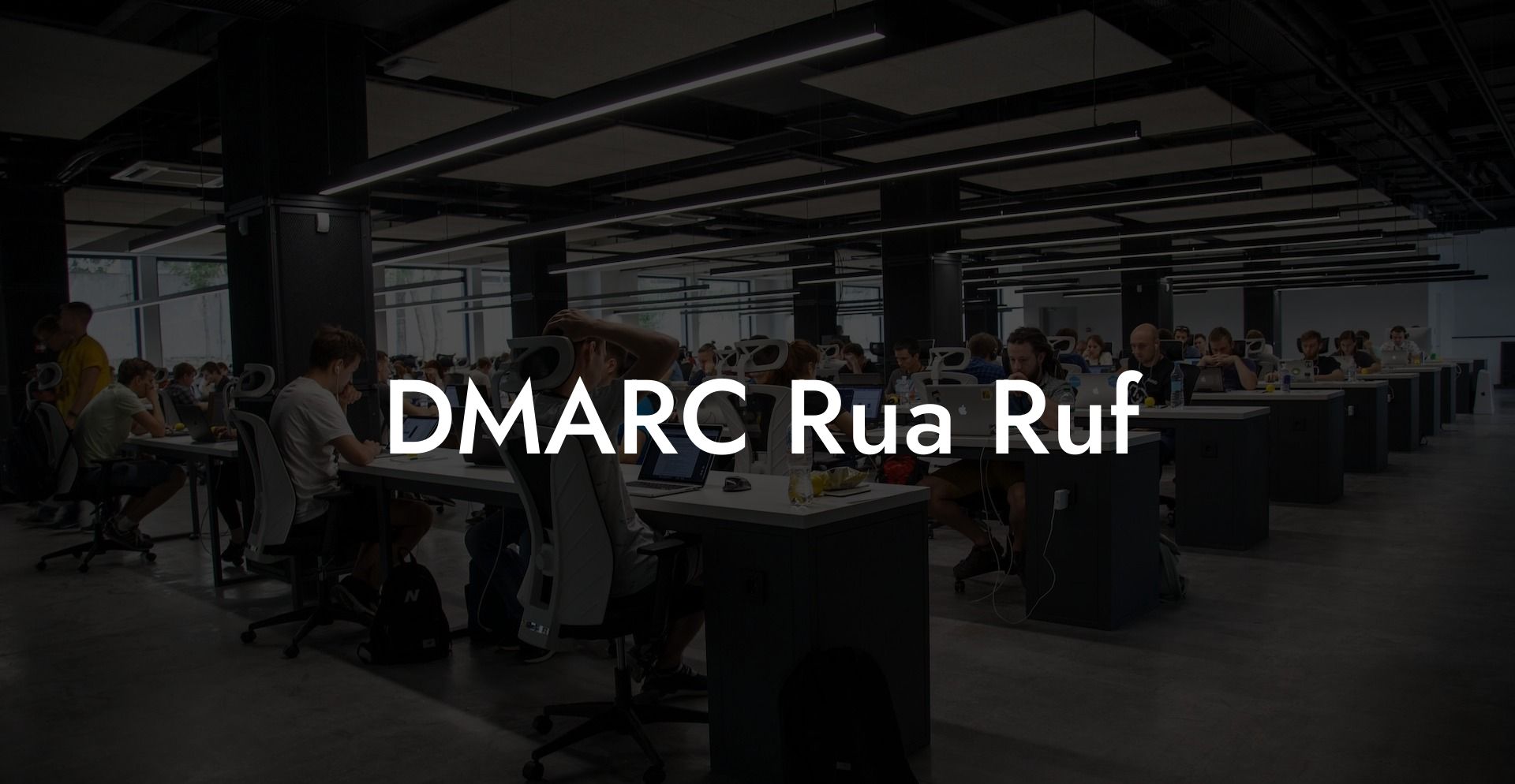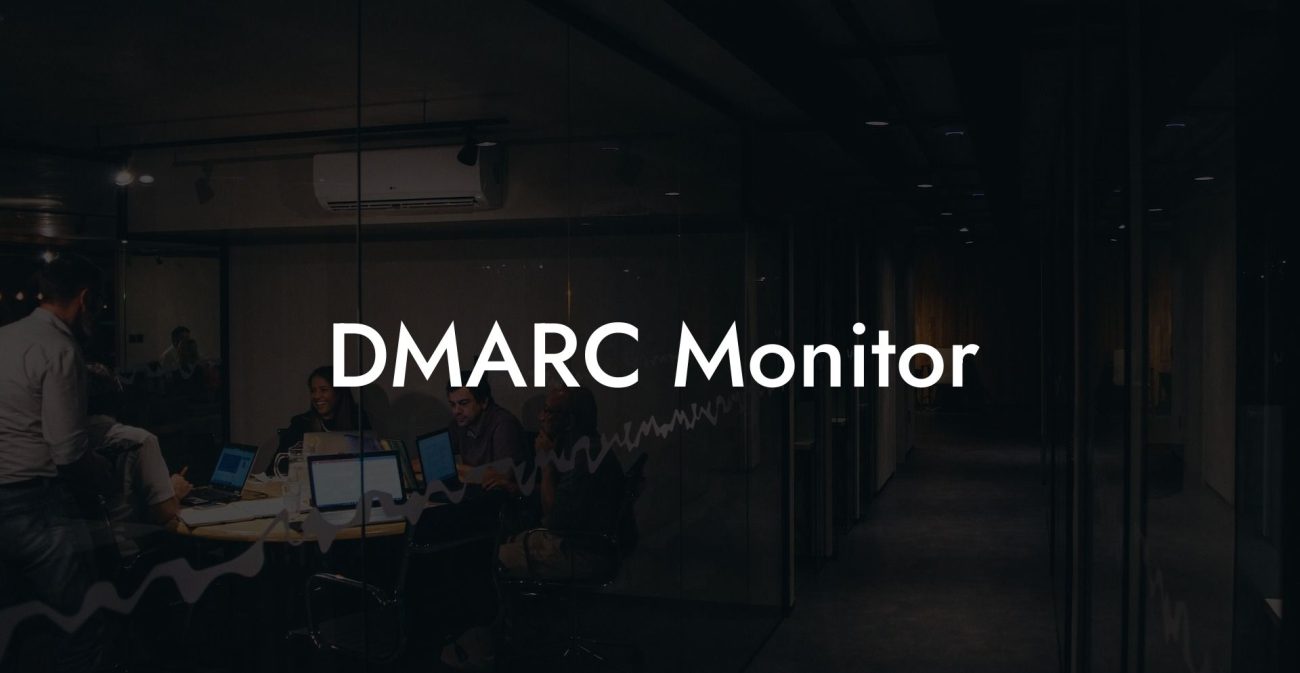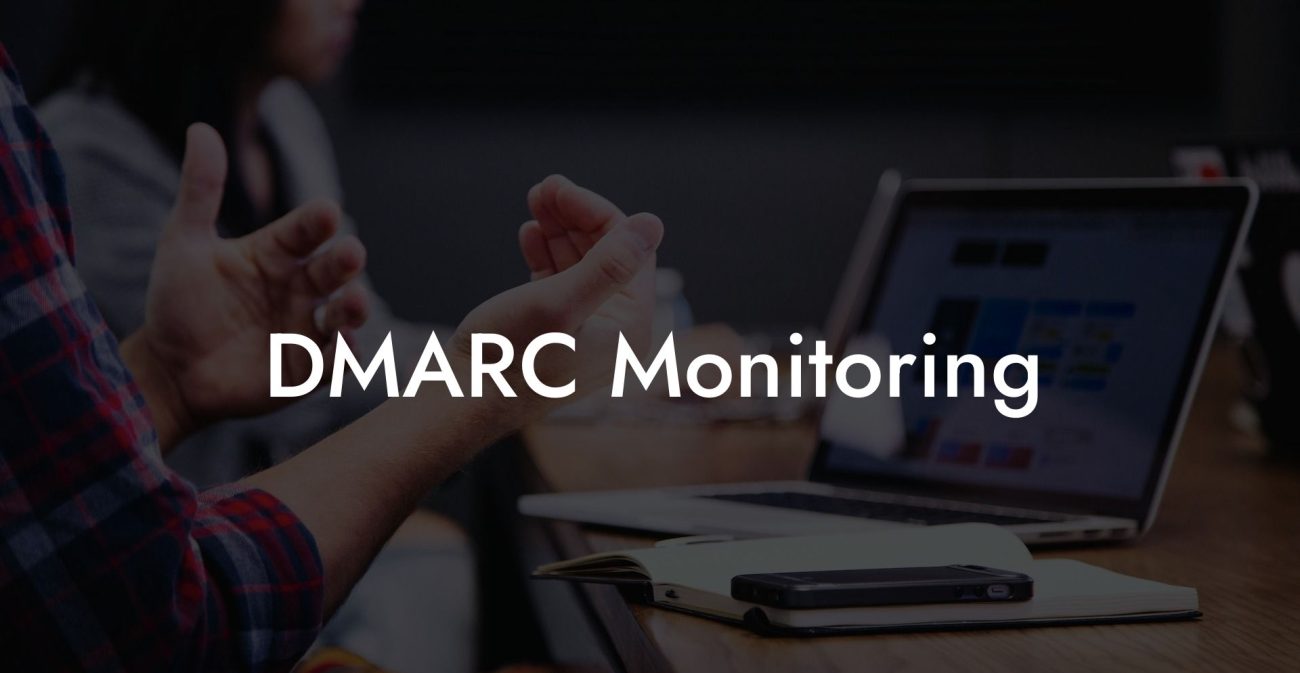In the constantly changing landscape of internet security, businesses need to stay ahead of the curve to protect themselves from cyber attacks. One such threat is voice phishing, or "vishing." This deceptive practice involves attackers disguising their emails as coming from a trusted source to gain access to sensitive information. To combat this growing threat, the implementation of DMARC (Domain-based Message Authentication, Reporting, and Conformance) has become crucial. In this article, we will explore the essential components of DMARC, RUA and RUF, and how they work together to protect businesses from cyber attacks.
DMARC Rua Ruf Table of Contents
What is DMARC?
DMARC is an email authentication protocol designed to protect email domains from being used in phishing attacks, spam, and other forms of email-based abuse. It builds upon existing email authentication protocols like SPF (Sender Policy Framework) and DKIM (DomainKeys Identified Mail) to add an additional layer of security. With DMARC implemented, a domain owner can have greater control over their email authentication process, ensuring that only legitimate emails reach their intended recipients.
RUA and RUF: Reporting and Feedback
Protect Your Data Today With a Secure Password Manager. Our Top Password Managers:
One of the key aspects of DMARC is its reporting feature, which is enabled by the RUA (DMARC Aggregate Reports) and RUF (DMARC Forensic Reports) mechanisms. These mechanisms allow domain owners to receive regular feedback about their email authentication process to help them proactively identify and address potential issues.
- RUA (DMARC Aggregate Reports): RUA reports provide a comprehensive overview of email authentication results over a specified time period. These reports are generated in XML format and are sent to the specified email address. They may include information such as the sending domains, the sources of the emails, and the authentication results. This valuable data helps domain owners identify any ongoing phishing campaigns and assess the performance of their email authentication process.
- RUF (DMARC Forensic Reports): RUF reports are generated in real-time whenever an email fails DMARC authentication. They provide detailed information about individual messages, including the message headers, authentication results, and an explanation for the failure. These reports are useful for providing immediate feedback to domain owners, allowing them to quickly identify and address any email authentication issues.
Implementing RUA and RUF in DMARC
When implementing DMARC, domain owners need to create a DMARC record in their DNS (Domain Name System) with specific tags, including the RUA and RUF tags. These tags are crucial to the DMARC implementation, as they allow domain owners to receive the valuable reports mentioned above. The syntax for the RUA and RUF tags is as follows:
- RUA: rua=mailto:aggregate-reports@example.com
- RUF: ruf=mailto:forensic-reports@example.com
By adding these tags to the DMARC record, domain owners ensure they receive timely information about their email authentication process to help them maintain a secure and trustworthy email ecosystem.
DMARC Rua Ruf Example:
Let us assume a company called "ABC Widgets" wants to implement DMARC to protect their email domains. They will start by creating a DMARC record in their DNS. The record should include:
- The DMARC version tag (v=DMARC1)
- The policy tag (p) specifying the desired policy (e.g., p=none, p=quarantine, or p=reject)
- RUA and RUF tags for reports (e.g., rua=mailto:aggregate-reports@abcwidgets.com, ruf=mailto:forensic-reports@abcwidgets.com)
With this implementation, ABC Widgets will receive aggregate (RUA) and forensic (RUF) reports via the specified email addresses. These reports provide valuable insight into the company's email authentication process, helping them identify any ongoing phishing campaigns and address any email authentication issues.
Implementing DMARC, with its RUA and RUF reporting mechanisms, is a crucial step in protecting your business from voice phishing attacks and other email-based threats. By leveraging these tools, you can gain greater control over your email ecosystem, ensuring that only legitimate emails reach your intended recipients. Don't wait for an attack to happen—be proactive in safeguarding your business from cyber threats. Share this article to help spread awareness about the importance of DMARC, and don't forget to check out other guides on Voice Phishing for more information on cybersecurity.
Protect Your Data Today With a Secure Password Manager. Our Top Password Managers:















